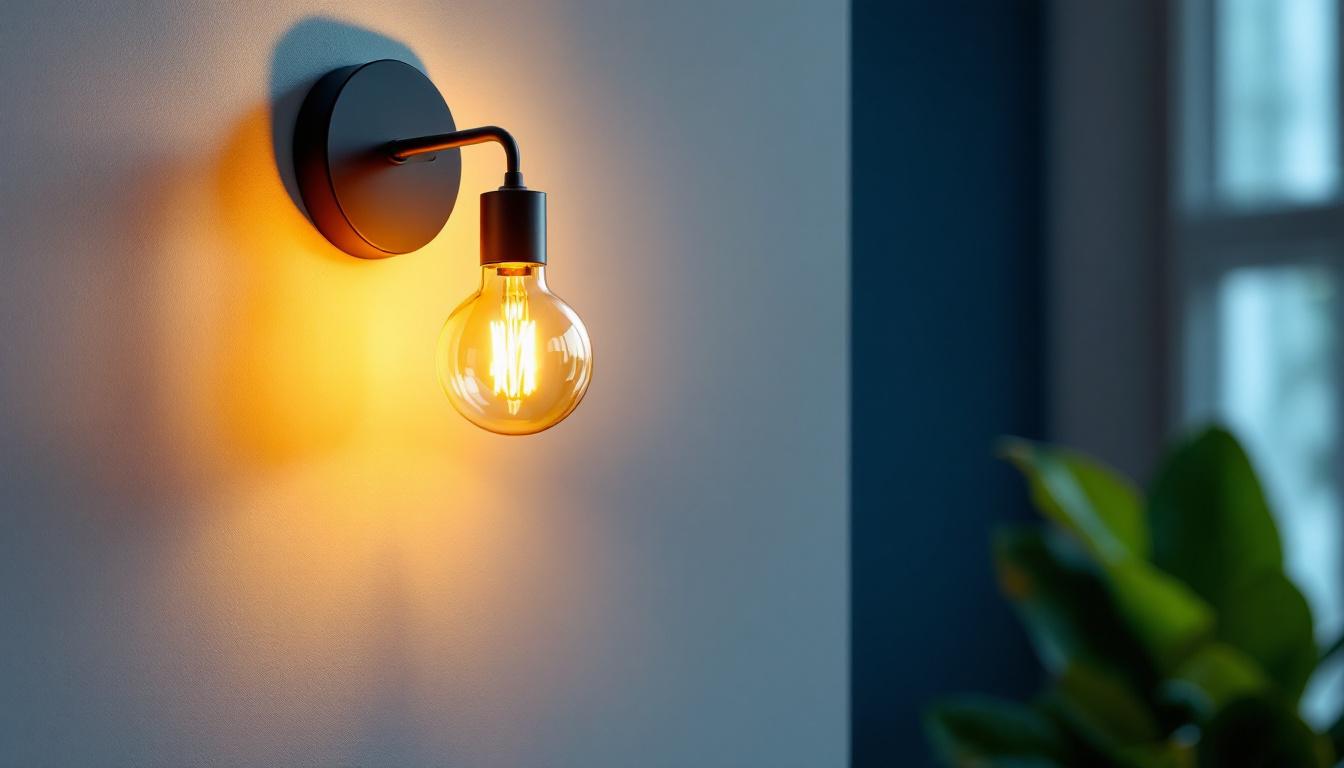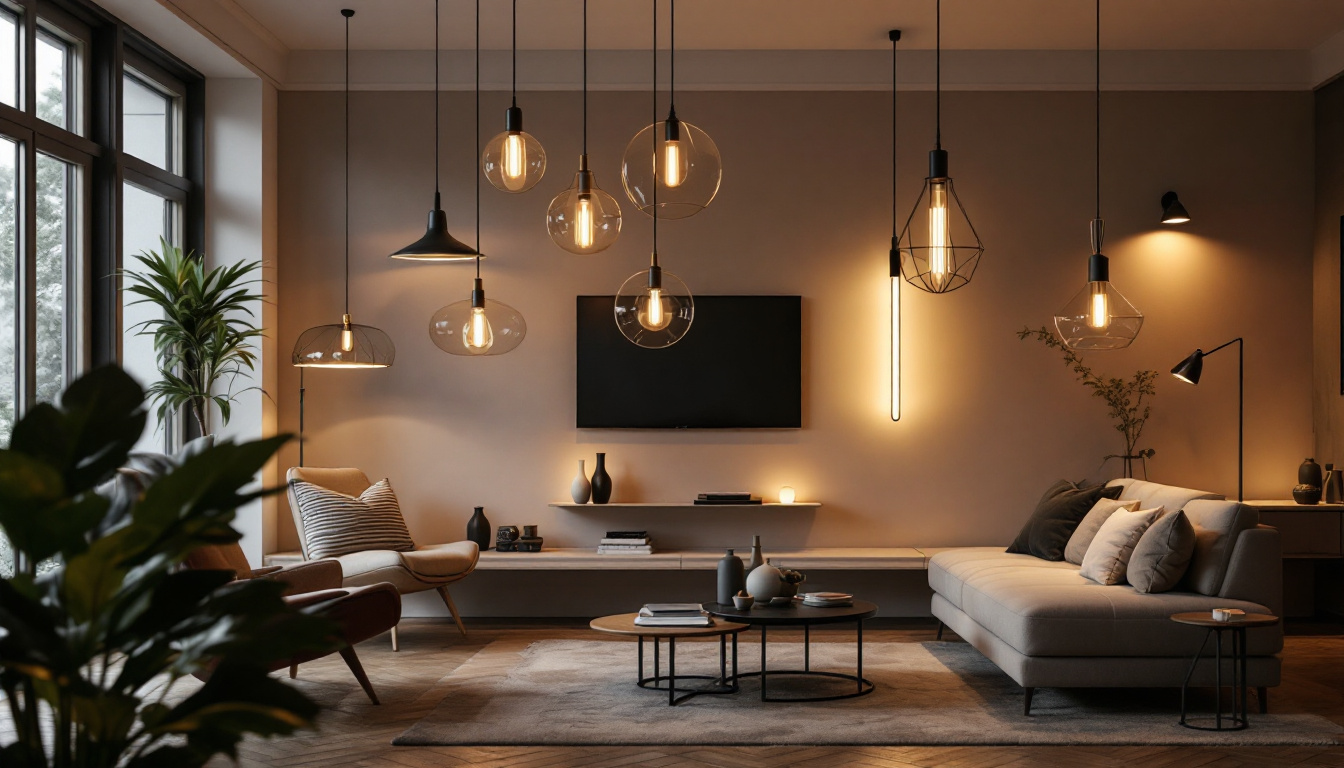
In the world of commercial and industrial lighting, understanding the differences between T8 and T12 fluorescent tubes is crucial for lighting contractors. These two types of tubes have distinct characteristics that can significantly impact energy efficiency, lighting quality, and overall performance. This article aims to provide an in-depth look at the differences between T8 and T12 fluorescent tubes, helping contractors make informed decisions for their projects.
T8 and T12 refer to the diameter of the fluorescent tubes, measured in eighths of an inch. A T8 tube has a diameter of 1 inch (8 eighths), while a T12 tube has a diameter of 1.5 inches (12 eighths). This difference in size not only affects the physical appearance of the tubes but also plays a significant role in their efficiency and performance. The larger diameter of T12 tubes can lead to a more diffuse light output, which some users may prefer for specific applications, such as in large open spaces or areas requiring softer lighting.
Fluorescent tubes are widely used in commercial settings due to their ability to provide bright, even lighting. T8 tubes are typically more efficient than T12 tubes, which is one of the primary reasons for their growing popularity among lighting contractors. Understanding these differences is essential for making the right choice for specific applications. Moreover, the advancements in technology have led to the development of high-performance T8 tubes that can offer even greater lumen output and longer lifespans, making them a versatile option for various lighting needs.
One of the most significant differences between T8 and T12 tubes lies in their energy efficiency. T8 tubes generally consume less power than T12 tubes, making them a more cost-effective choice for long-term use. T8 fluorescent tubes typically operate at 32 watts, while T12 tubes usually operate at 40 watts.
This difference in wattage translates to lower energy bills and a reduced carbon footprint. For contractors working on projects with sustainability goals, choosing T8 tubes can be a more environmentally friendly option. Additionally, many utility companies offer rebates for switching to more energy-efficient lighting solutions, further incentivizing the use of T8 tubes. Beyond the immediate financial benefits, the shift towards T8 tubes can also contribute to a broader movement towards energy conservation, as businesses and organizations increasingly seek to reduce their overall energy consumption and environmental impact. Furthermore, the longer lifespan of T8 tubes—often exceeding 20,000 hours—means less frequent replacements, which not only saves on material costs but also minimizes waste in landfills, aligning with sustainable practices in modern lighting design.
When it comes to lighting quality, T8 tubes generally provide better performance than T12 tubes. T8 fluorescent tubes are designed to deliver higher lumen output, which means they produce more light per watt consumed. This increased brightness can be particularly beneficial in commercial settings where adequate lighting is essential for productivity and safety. For instance, in environments such as warehouses, retail spaces, or offices, the enhanced brightness of T8 tubes can significantly improve visibility, thereby reducing the risk of accidents and increasing overall efficiency. The ability to illuminate larger areas with fewer fixtures also contributes to a cleaner and less cluttered aesthetic.
Furthermore, T8 tubes often have superior color rendering capabilities compared to T12 tubes. Color rendering index (CRI) measures how accurately a light source displays colors in comparison to natural light. T8 tubes typically have a higher CRI, which can enhance the overall appearance of spaces, making them more visually appealing and comfortable for occupants. This is particularly important in settings such as art galleries or retail stores, where accurate color representation can influence customer perception and purchasing decisions. The vibrant colors produced by T8 tubes can create an inviting atmosphere, encouraging longer visits and enhancing the overall experience for customers and employees alike.
Another crucial factor to consider is the lifespan of T8 and T12 tubes. T8 fluorescent tubes generally have a longer lifespan, averaging around 30,000 hours, compared to T12 tubes, which typically last about 20,000 hours. This extended lifespan means that T8 tubes require less frequent replacement, reducing maintenance costs and downtime for businesses. In high-traffic areas, the longevity of T8 tubes can be especially advantageous, as it minimizes disruptions caused by changing out bulbs and allows for a more consistent lighting environment.
For lighting contractors, recommending T8 tubes can lead to higher customer satisfaction due to reduced maintenance requirements and improved lighting performance. Additionally, fewer replacements mean less waste, aligning with sustainable practices in the industry. The environmental benefits extend beyond just waste reduction; the energy efficiency of T8 tubes also contributes to lower energy consumption, which can significantly decrease a facility’s carbon footprint. As businesses increasingly prioritize sustainability, the choice of lighting can play a pivotal role in their overall environmental strategy. Moreover, many utility companies offer rebates or incentives for upgrading to more energy-efficient lighting solutions, making T8 tubes not only a practical choice but also a financially savvy one for businesses looking to enhance their operational efficiency while being environmentally responsible.
When considering the installation of T8 and T12 tubes, it is essential to understand their ballast compatibility. T12 tubes require magnetic ballasts, while T8 tubes can operate with electronic ballasts. Electronic ballasts are generally more efficient and provide better performance, such as flicker-free operation and instant start capabilities. Additionally, electronic ballasts often have a longer lifespan compared to their magnetic counterparts, which can lead to reduced maintenance costs over time.
Contractors should be aware that retrofitting existing T12 fixtures to accommodate T8 tubes may require replacing the ballast. While this may involve additional upfront costs, the long-term energy savings and performance benefits of T8 tubes often outweigh these initial expenses. Furthermore, many utility companies offer rebates and incentives for upgrading to energy-efficient lighting solutions, which can help offset the costs associated with the transition. Understanding these financial aspects can be crucial for contractors when discussing options with clients.
Fixture design is another important aspect to consider when choosing between T8 and T12 tubes. T12 fixtures are typically larger and bulkier due to the tube’s wider diameter. In contrast, T8 fixtures are more compact, allowing for greater flexibility in design and installation. This compact design can be particularly advantageous in spaces with limited ceiling height or where aesthetics are a priority. For instance, in retail environments, sleek and modern lighting can enhance product displays and create a more inviting atmosphere for customers.
Contractors should evaluate the specific requirements of each project to determine which tube and fixture combination will best meet the needs of their clients. Additionally, the choice of fixture can impact the overall lighting quality and distribution within a space. For example, T8 fixtures can provide a more uniform light output, reducing shadows and enhancing visibility, which is especially important in workspaces where precision is key. Understanding the interplay between fixture design, tube compatibility, and the intended use of the space can help ensure a successful lighting installation that meets both functional and aesthetic goals.
When comparing T8 and T12 tubes, the initial investment can be a significant factor for many contractors and their clients. T12 tubes are typically less expensive to purchase than T8 tubes, making them an attractive option for budget-conscious projects. However, it is essential to consider the long-term savings associated with energy efficiency and maintenance.
While T12 tubes may have a lower upfront cost, their higher energy consumption and shorter lifespan can lead to increased operational costs over time. In contrast, T8 tubes, despite their higher initial price, often result in substantial savings on energy bills and maintenance, making them a more cost-effective choice in the long run.
Many utility companies and government programs offer incentives and rebates for businesses that upgrade to energy-efficient lighting solutions. Contractors should stay informed about available programs in their area, as these incentives can significantly offset the initial costs of switching from T12 to T8 tubes.
By educating clients about these potential savings, contractors can help them make informed decisions that align with their budget and sustainability goals. This proactive approach not only benefits the client but also enhances the contractor’s reputation as a knowledgeable and reliable professional.
In summary, the differences between T8 and T12 fluorescent tubes are significant and can have a profound impact on energy efficiency, lighting quality, and overall performance. For lighting contractors, understanding these differences is essential for making informed recommendations to clients.
While T12 tubes may offer a lower initial cost, the long-term benefits of T8 tubes, including energy savings, longer lifespan, and improved lighting quality, often make them the superior choice. Additionally, staying informed about available incentives and rebates can further enhance the value proposition for clients.
Ultimately, the decision between T8 and T12 tubes should be based on a comprehensive evaluation of each project’s specific needs, budget constraints, and sustainability goals. By prioritizing energy efficiency and performance, lighting contractors can ensure that their clients receive the best possible lighting solutions for their spaces.
Ready to elevate your lighting game? Choose LumenWholesale for your next project and experience the difference quality lighting can make. Our extensive range of spec-grade lighting products offers the energy efficiency and performance you need, at prices that can’t be beaten. Say goodbye to middleman markups and hello to unbeatable wholesale value. Plus, with free shipping on bulk orders, you can stock up on T8 tubes and other premium lighting solutions without worrying about extra costs. Don’t compromise on quality or price—visit Wholesale Lighting at the Best Value and light up your space with confidence.

Discover innovative hacks and tips for smart lighting contractors using LED gardening lights.

Discover essential tips and expert advice for lighting contractors on mastering wall sconce lamp installations.

Discover essential insights into Silvana Lights with our comprehensive guide tailored for lighting contractors.

Discover the essentials of solar Christmas lights pathway compliance in this informative guide for lighting contractors.